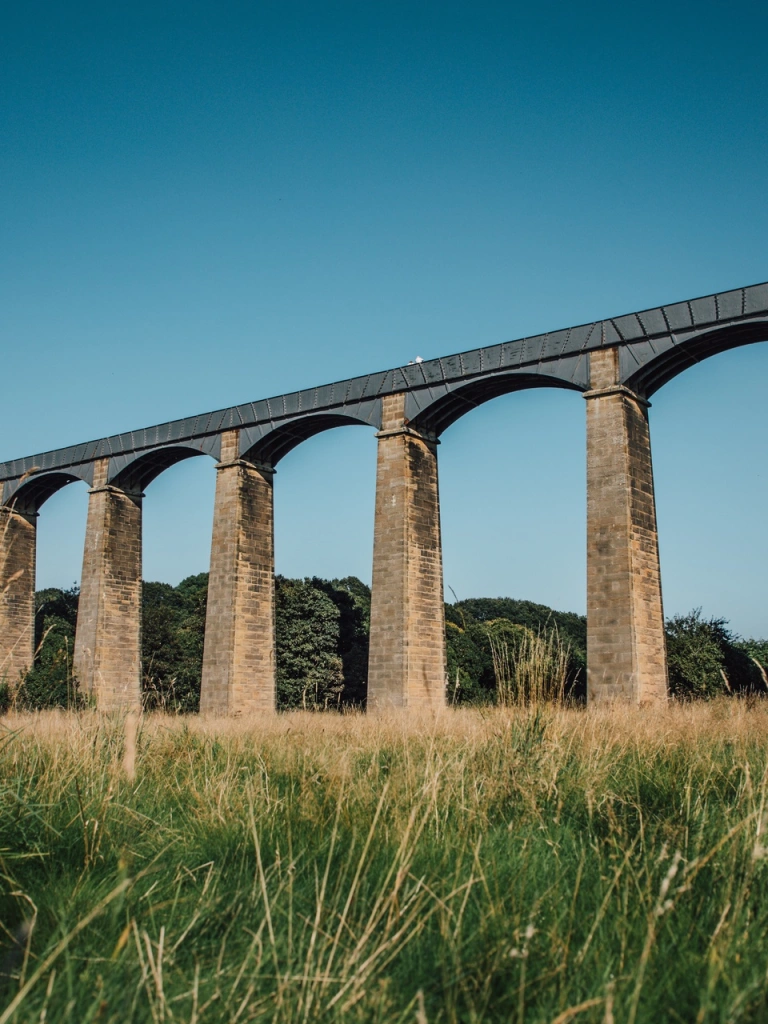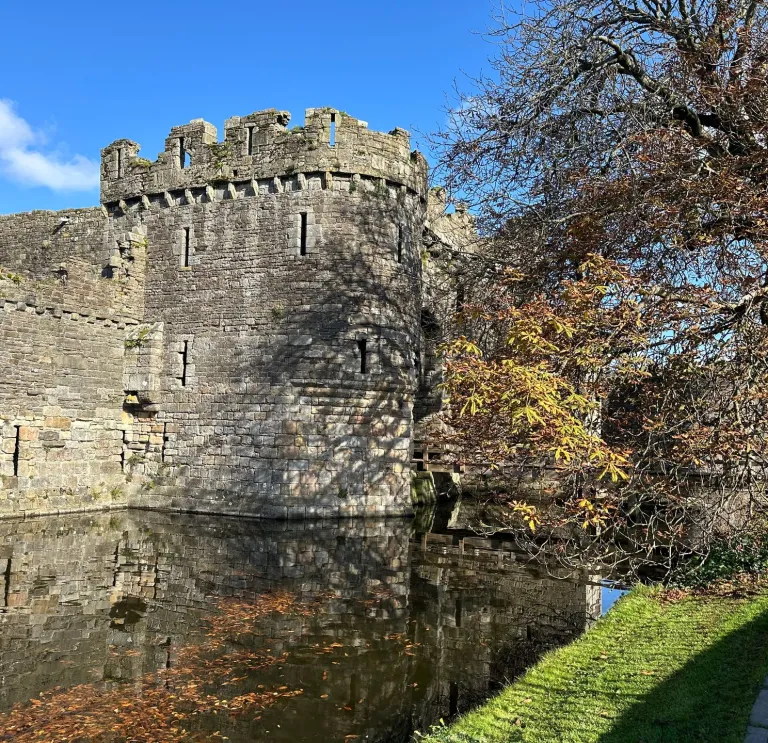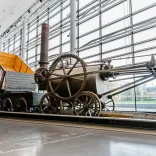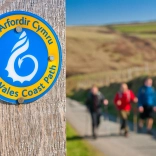It all starts with a set of human teeth found more than 200,000 years ago. There weren’t many people in Wales during the Ice Ages, but the earliest major civilisations in one of the proudest countries you’ll ever visit, experiencing some extraordinary – and often turbulent – goings-on.
Stomp up a hill in Aberystwyth or into the valleys of Bannau Brycheiniog (Brecon Beacons) National Park to observe the earliest Roman defensive hill forts, or step back in time with a visit to the National Roman Legion Museum in Caerleon, to explore life in a far-flung outpost of the mighty Roman Empire.
Then take your pick from an astonishing range of castles to find out about the rampages and invasions of the subsequent centuries.
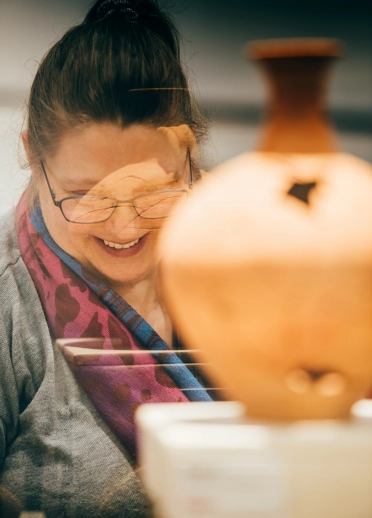
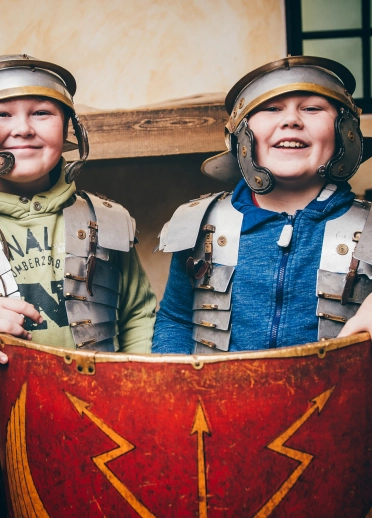
Want to follow in royal footsteps?
Visit Beaumaris Castle, Edward I’s precise concentric design of the 13th century, for a symbol of the brutal battles between the English and Welsh.
Cilgerran, in the Teifi Valley, is a countryside romantic ruin full of character, revived by Edward III in anticipation of a French invasion but ultimately battered by Owain Glyndŵr, the last Welshman to hold the title of the Prince of Wales. Glyndŵr’s fearsome struggle against the English at the start of the 15th century – it ended when he disappeared in 1412, but he was never captured – leaves him as one of Britain’s most mysterious and enduring legends.
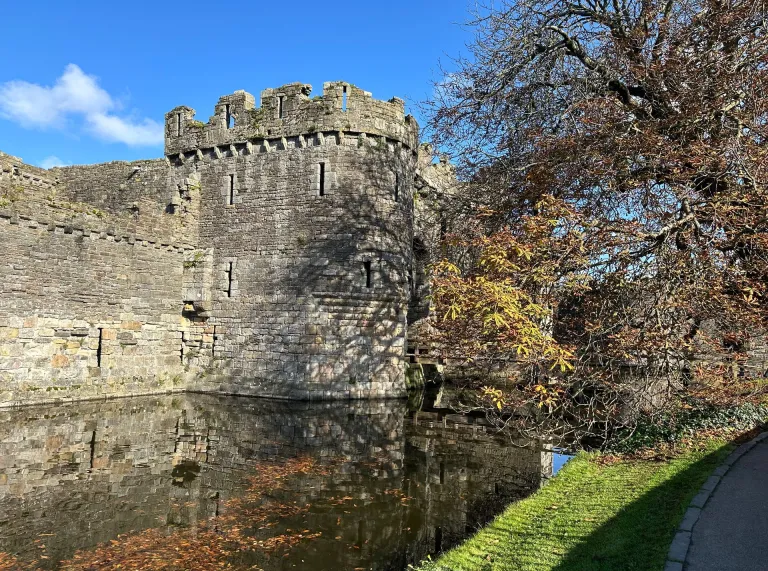
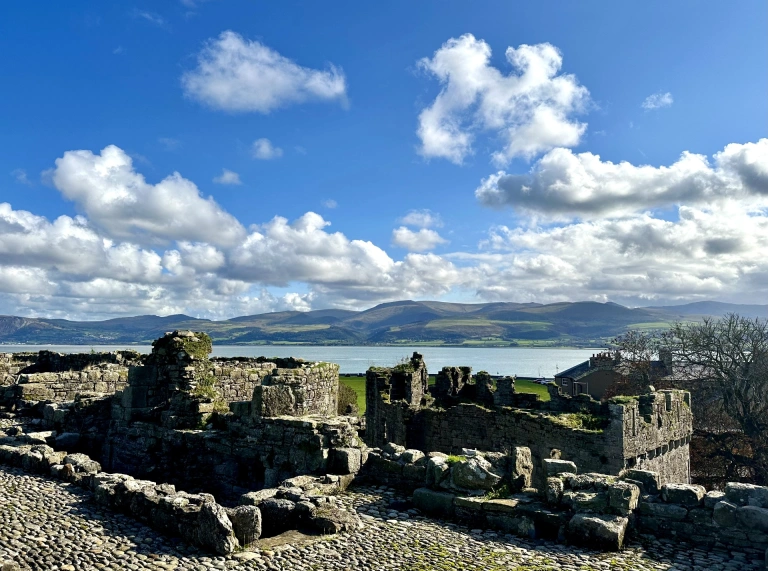
Follow sections of Glyndŵr's Way, the 135 mile footpath at the heart of the country, made to honour the 600th anniversary of his uprising, for breathtaking scenery and the sort of rambles summer is made for. It’s one of three major trails, almost interlinking with Offa’s Dyke Path, the footpath between the Severn Estuary and the idyllic villages of the north, named after the ancient border created by Mercian kings.
And then there’s the spectacular seaside route of the Pembrokeshire Coast Path, the 186-mile coastline with some of the finest beaches in the world and the boundless natural splendour of a landscape dotted with cliff top views and thriving forests.
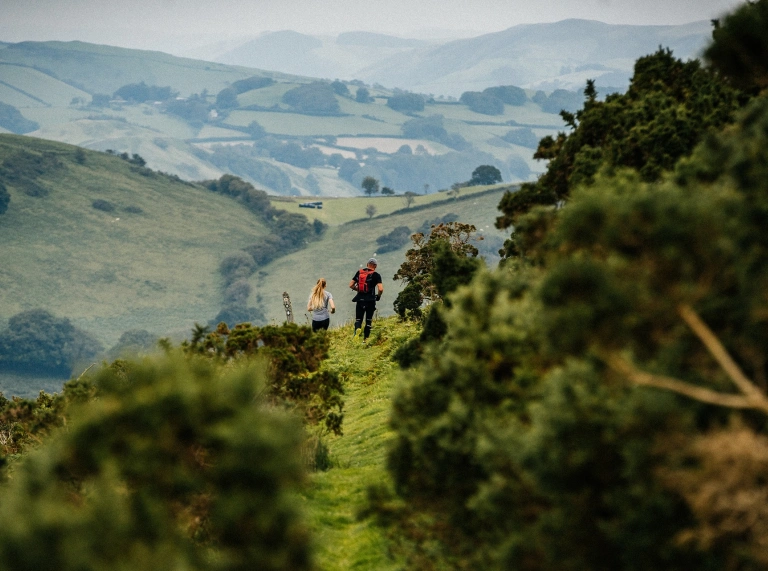
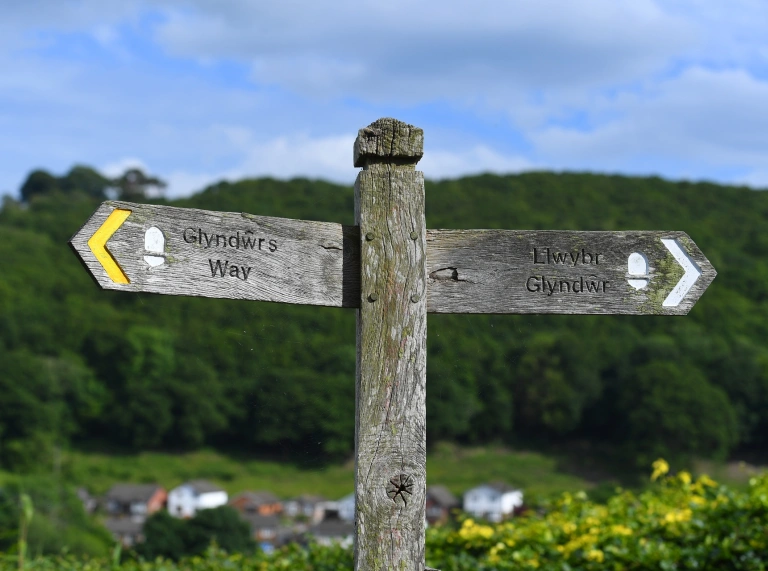
A revolution of development
The roar of industry is a key part of any telling of the history of Wales. From valleys producing lucrative supplies of limestone and ore during the Industrial Revolution to the peak of coal mining little more than a century ago, it’s an immense part of the country’s past which will never be forgotten.
It’s hard to think of many experiences as a trip to one of the old mines – visit Big Pit National Coal Museum, which is part of the Blaenavon World Heritage Centre, a UNESCO World Heritage Site, or the quarry home of the National Slate Museum to see authentic, inspiring living history.
Find out more on underground attractions.

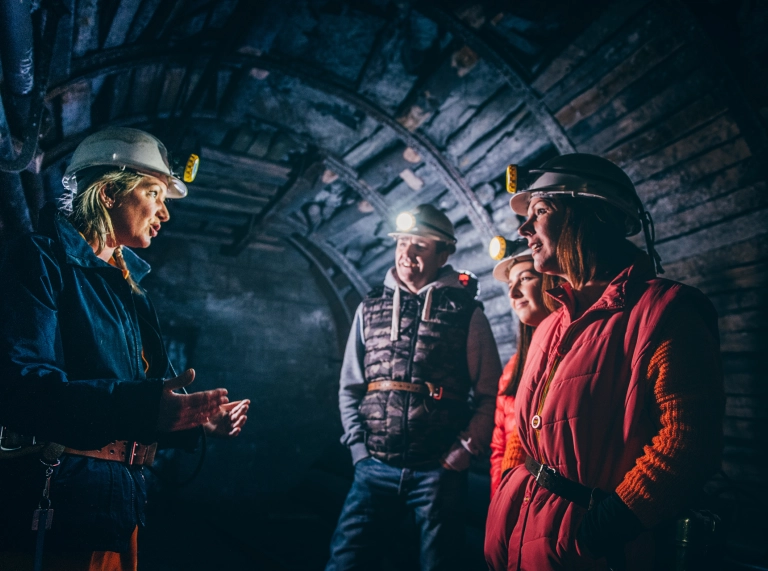
Let history do the driving
Try using various forms of transport to see this amazing land from different angles. Take a boat ride that provides breath taking views of the Pontcysyllte Aqueduct and Canal, a UNESCO World Heritage Site . The heritage railway tracks across the country – powered by historic engines and carriages – are a great way to see the countryside in style, often scaling mountains and allowing you to stop off wherever you please.
Find out more about trains and railways in Wales.
